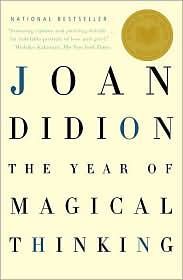
Reviews
Larissa Campos@ssecretgardenss
Darryl Laiu@dlaiu
Angeleeka@angeleeka
Ianna Chia@eyeyannuh
Lili@lilibs
julia@juliwaves
shaymaa@theshaymaah
H@whimsymiu
Zainab @znybaa1
giuli@sottosole
Aina@ainer
jo@04rtic
Rocío de la Hera@rdlhbooks
Princess Doe @princessdoe
Louisa@louisasbookclub
muskaan bal@muskaankb
𓃹@bunniheart
Rae@raeraerae
Nova@clandestine
Xiang@xiaoming
Rodrigo Figueiredo Severino@rodrigueseve
Isabella @iscbella
B@evilcatarchive
D D D @sunnyd123
Highlights
Larissa Campos@ssecretgardenss
Zainab @znybaa1
Aina@ainer
Page 188
Aina@ainer
Page 143
Aina@ainer
Page 74
Aina@ainer
Page 27
Aina@ainer
Page 27
aywen@aywen
martina@girlbyspring
Page 35
Omina@omina
Page 47
Laura Mei@thelibrariansnook
marian park@mrnprk
lianna@capricornvenus
Page 123
lianna@capricornvenus
Page 29
lianna@capricornvenus
Page 24
lianna@capricornvenus
Page 23
lianna@capricornvenus
Page 20
lianna@capricornvenus
Page 19
lianna@capricornvenus
Page 15
lianna@capricornvenus
Page 12
Julia@juba
Page 226
Helen @helensbookshelf
Helen @helensbookshelf
Helen @helensbookshelf